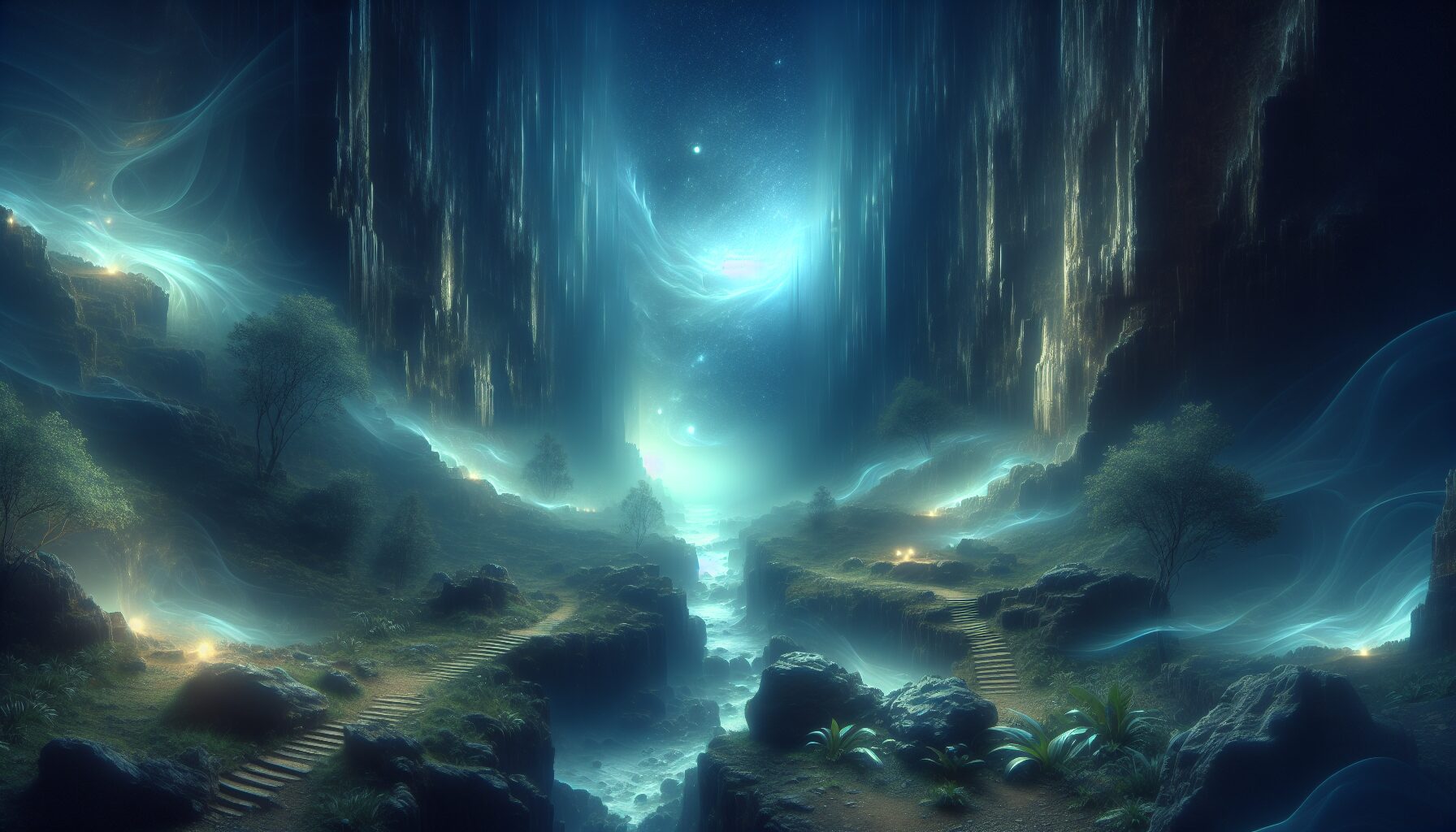The concept of sound has always been a fundamental aspect of human culture and communication. In recent years, the exploration of sound experiments has expanded, leading to intriguing developments in the world of music and beyond. Songs of the Hollow delves deep into these aural landscapes, bringing forward innovations that challenge the conventional understanding of sound and its potential.
A New Era of Sound Exploration
Sound experiments are not new. Pioneers such as John Cage have long pushed the boundaries of what constitutes music. Cage once famously stated, “There is no such thing as an empty space or an empty time. There is always something to see, something to hear.” [source] This philosophy underlines much of the contemporary exploration into sound, where ambient noises and unconventional sources are taken as seriously as traditional instruments.
The Genesis of Songs of the Hollow
Songs of the Hollow emerges from this rich tradition of experimental sound. It was conceived not merely as a collection of songs but as an immersive experience, a sonic journey into realms that blend the natural and the synthesized.
- Organic Sounds: Nature is a central theme, with field recordings from dense forests, open plains, and remote mountaintops forming the backbone of many tracks.
- Synthesized Innovation: By marrying organic sounds with cutting-edge technology, the music produces unexpected harmonies and rhythms that challenge perceptions.
- The Role of Silence: Inspired by Cage’s ideas, silence is used not as a mere absence of sound but as a powerful tool that accentuates the music’s emotional depth.
The Instruments Beyond the Traditional
Experimentation with sound often leads artists to seek instruments beyond the traditional. Songs of the Hollow features an array of unconventional instruments, blurring lines between noise and music, nature and artifice:
- Found Objects: Everyday items, from kitchen utensils to industrial machinery, are recorded and manipulated to produce unique soundscapes.
- Digital Manipulation: The use of software to stretch, condense, and modulate recordings allows for a level of precision and creativity unparalleled in history.
- Biophonic Inputs: Utilizing natural biological sounds, such as bird calls and insect chatter, blended with human compositions.
Noteworthy Experiments in the Field
Several contemporary artists and projects demonstrate the cutting-edge frontiers of sound experimentation:
“The more one studies the harmony of the two voices of the river, the broader one’s understanding of the unity of the universe itself.” – Pauline Oliveros [source]
- Brian Eno’s Generative Music: Eno’s work in generative music, where systems are created to compose pieces dynamically, illustrates the potential of algorithmic sound experiments.
- Ryoji Ikeda’s Sound Art: Ikeda pushes the boundaries of sound and experience with immersive installations that challenge listeners’ perceptions and hearing capabilities.
- Oliveros’ Deep Listening: The practice of taking audio to a meditative, reflective level, championed by Pauline Oliveros, highlights the interplay between mindfulness and sound.
The Impact and Implications of Sound Experiments
The forays into unconventional soundscapes by Songs of the Hollow and its contemporaries have implications beyond entertainment:
- Therapeutic Benefits: Studies have shown that ambient and experimental music can aid in stress reduction and mental focus, effectively supporting therapeutic contexts.
- Environmental Awareness: By incorporating natural sounds, these experiments raise awareness about the importance of environmental preservation.
- Expanding Musical Boundaries: The redefinition of what constitutes music encourages diversity and inclusivity within the music community.
The Future of Sound Experiments
Looking forward, the trajectory of sound experiments appears promising. Technologies such as virtual reality and augmented reality are beginning to play a more substantial role in sound design, creating opportunities for even more immersive experiences.
As our understanding of neuroscience grows, the ways sound can be used to interact with the human mind will become increasingly sophisticated, opening doors to new forms of artistic and personal expression.
“Music is the shorthand of emotion.” – Leo Tolstoy [source]
Songs of the Hollow exemplifies the limitless potential of sound experiments. It demonstrates that sound—regardless of its source or structure—can be a powerful vehicle for emotion, transformation, and enlightenment. As we stand on the cusp of these new auditory frontiers, the only certainty is that sound will continue to surprise and inspire.

Comments